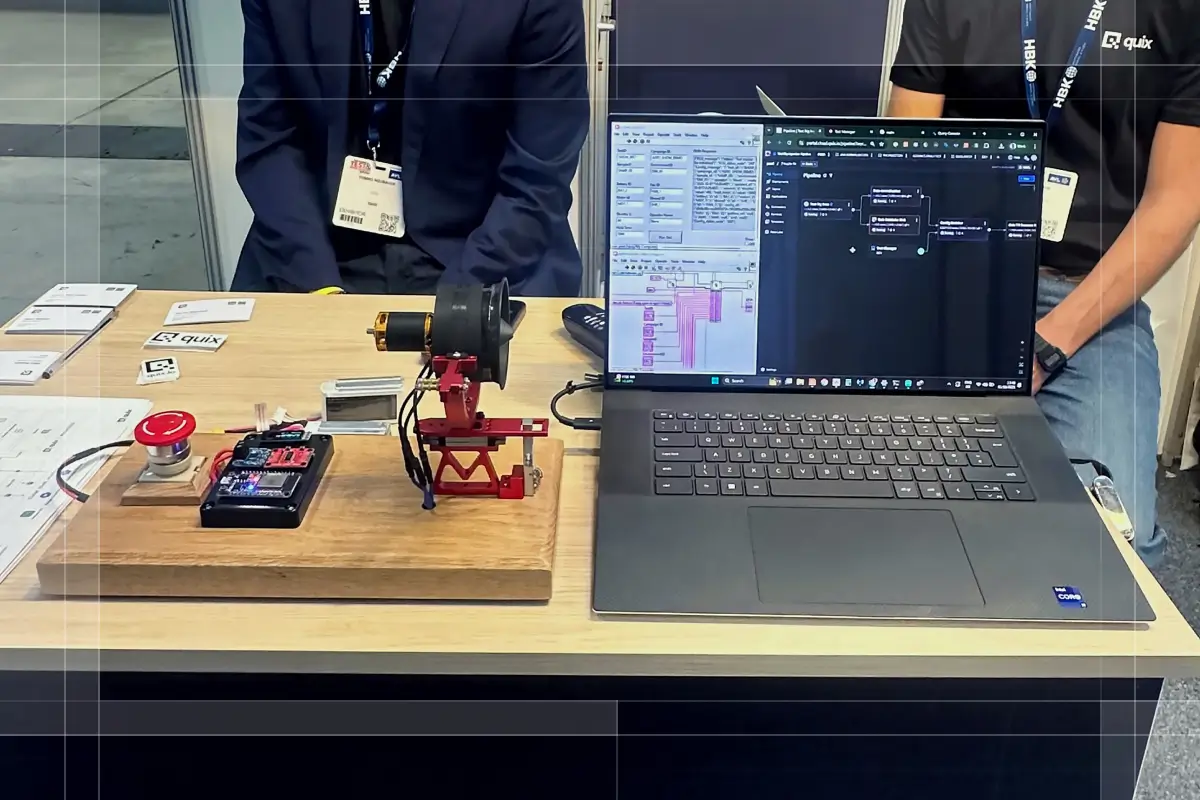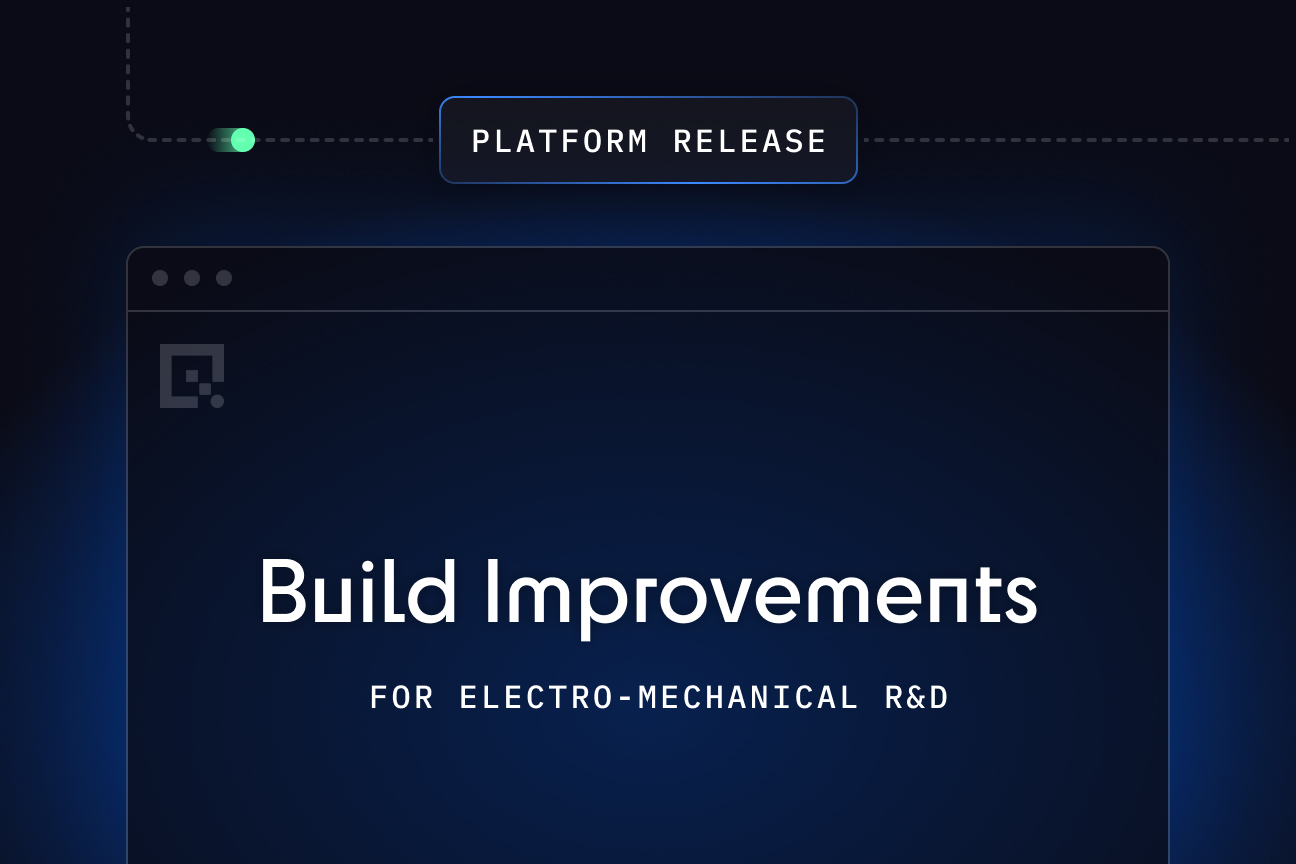Quix Cloud Multi-Cluster release
Announcing Multi-Cluster support in Quix Cloud! Now you can setup and manage Quix Cloud environments more flexibly.

Announcing Quix Cloud Multi-Cluster support
The latest Quix Cloud release brings new features, enhancements and a few bug fixes. The main focus this time is adding the ability for teams to choose which region to deploy an environment into, allowing far greater flexibility to control performance and compliance.
New Features
Multi-Cluster v2
- We’ve introduced support for multiple dedicated clusters and dedicated Kafka clusters across different regions. Each environment can now be assigned to a specific dedicated cluster and broker, providing greater flexibility in performance, isolation, and compliance requirements.
- We’ve also added the ability to run dedicated nodes in limited-connectivity environments on-prem. The Quix control plane can now detect connectivity issues and proactively inform users about the health and status of their dedicated clusters.
These features have been expanded to both Quix Enterprise customers and the Quix Cloud Business tier, marking our second iteration of dedicated infrastructure within Quix Cloud.
Enhancements
Topics
- We added support for keyboard navigation in the topic message explorer. Users can now use the up and down arrow keys to navigate messages efficiently
Other
- Enhanced exception messages when attempting to delete an application with an active IDE session.
Bug Fixes
Pipeline
- Resolved the error “Unexpected error occurred” preventing environment synchronization due to incorrect ordering of deployment variables in the YAML file.
- Resolved an issue where the environment was not correctly preselected when creating a scratchpad from an environment.
Applications
- Resolved an issue where the public URL for IDE sessions was incorrect.
Deployments
- Addressed a timing issue where historical logs did not refresh correctly after stopping a deployment.
Topics
- Resolved an issue where SDK-generated topics were not being filtered out when importing linked topics, ensuring only relevant topics are displayed.
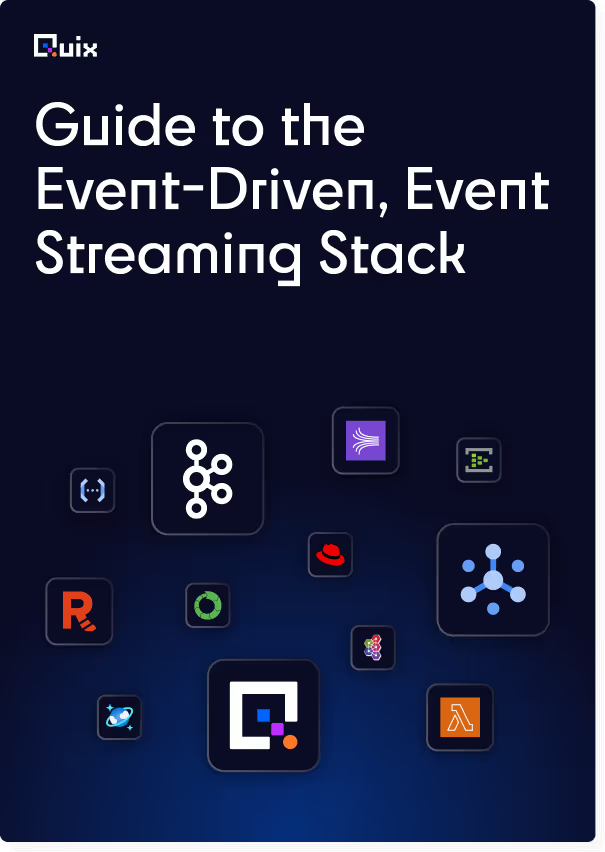
Check out the repo
Our Python client library is open source, and brings DataFrames and the Python ecosystem to stream processing.
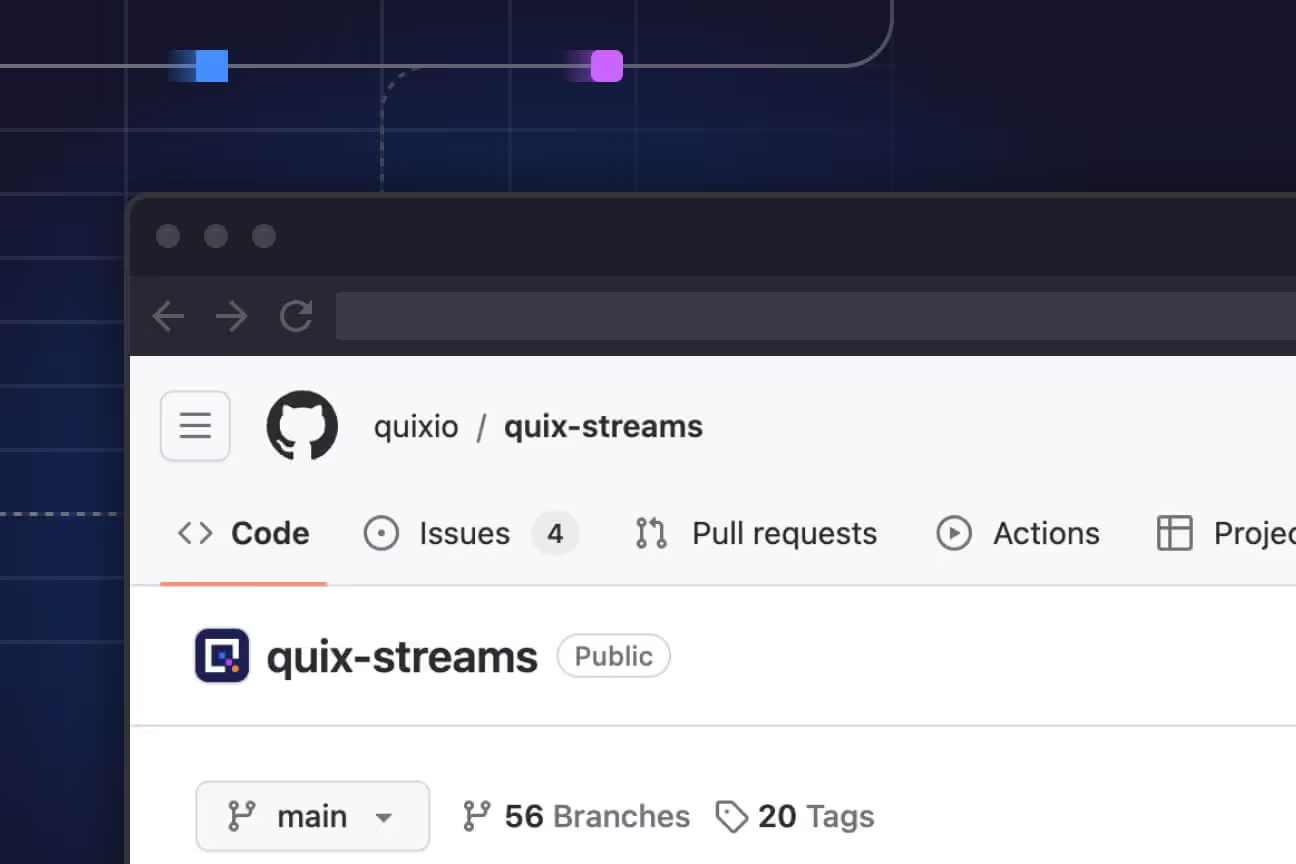
Interested in Quix Cloud?
Take a look around and explore the features of our platform.
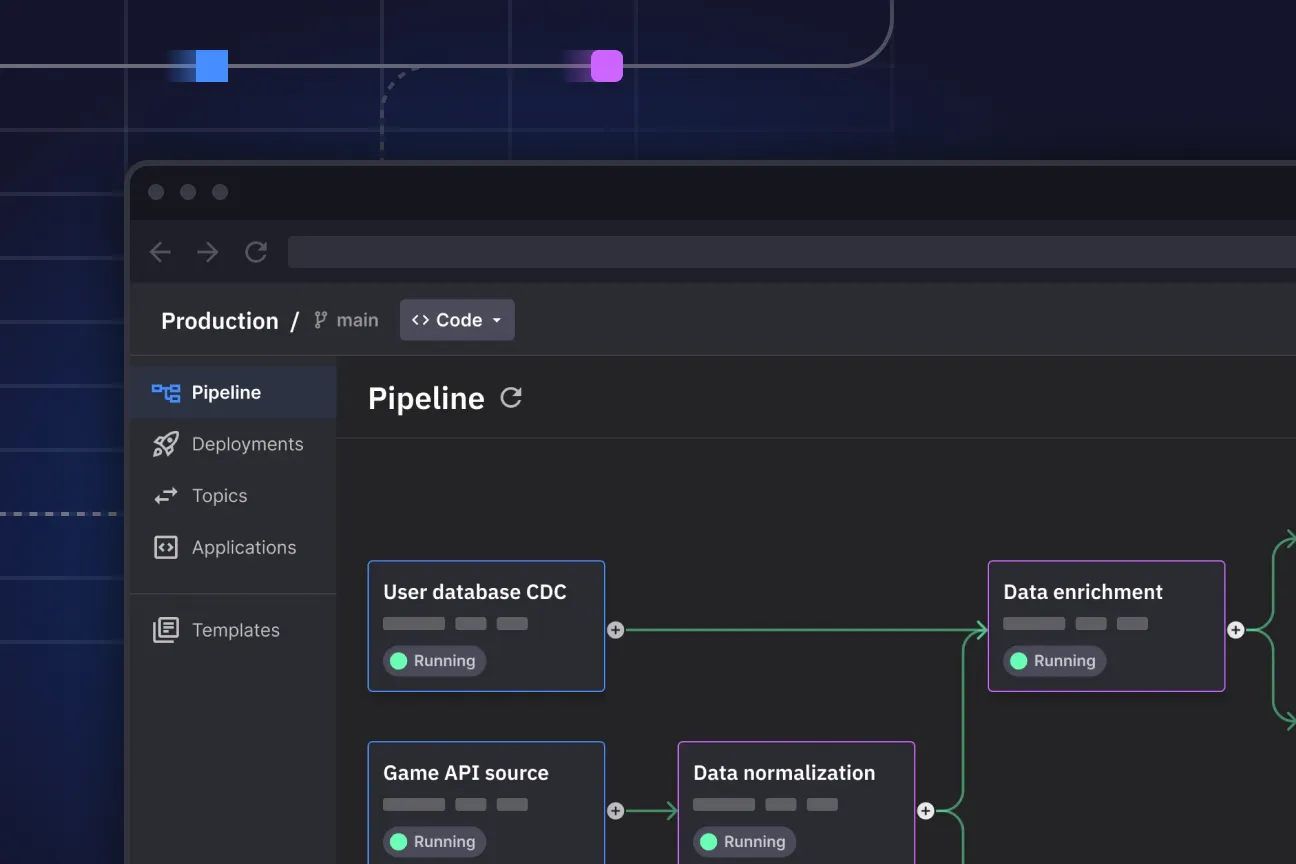
Interested in Quix Cloud?
Take a look around and explore the features of our platform.

.svg)


